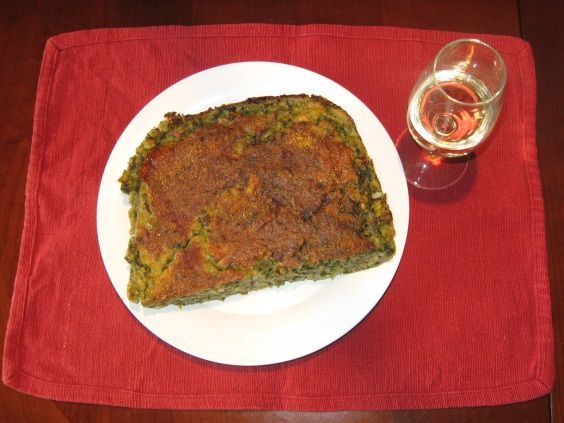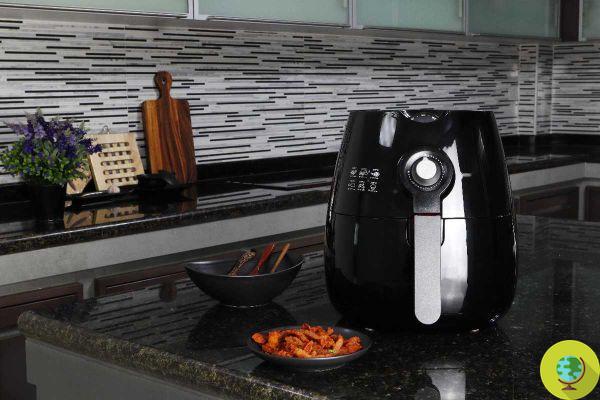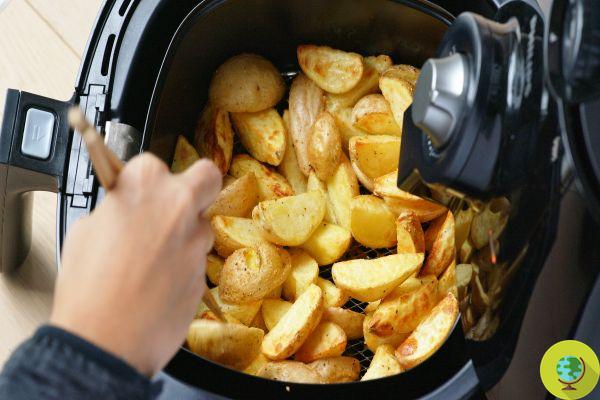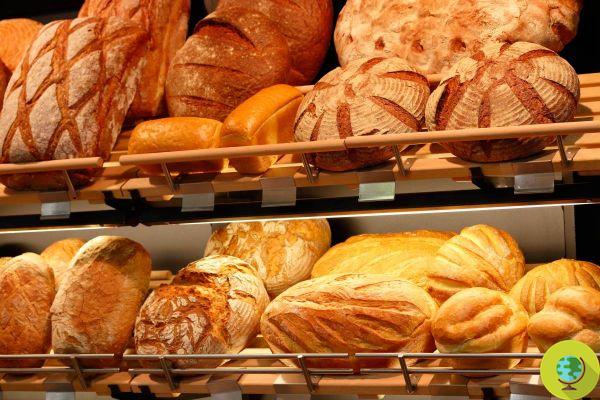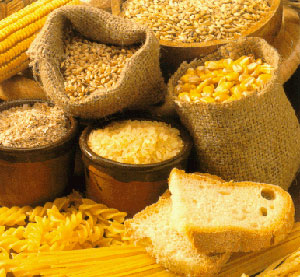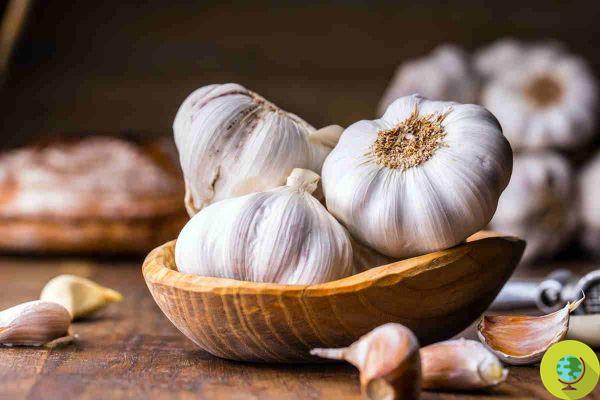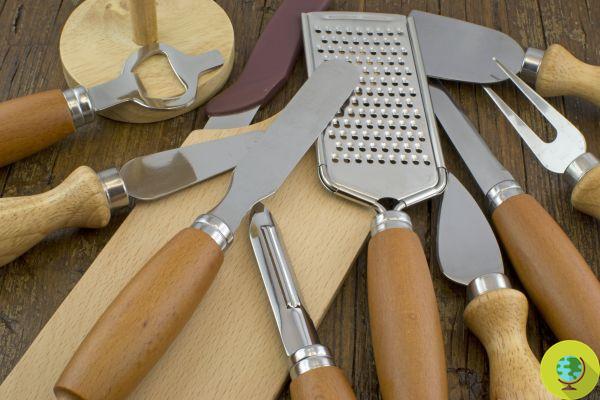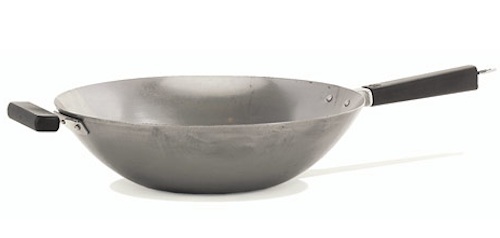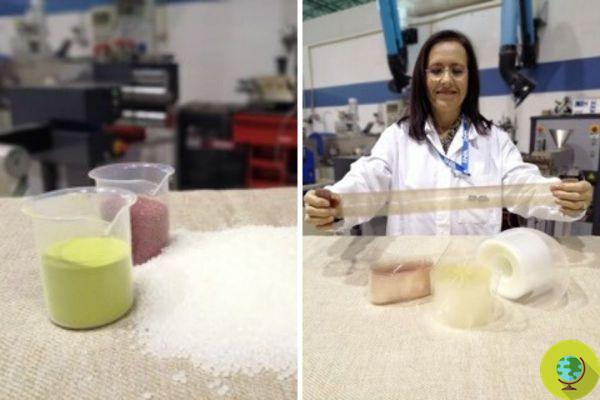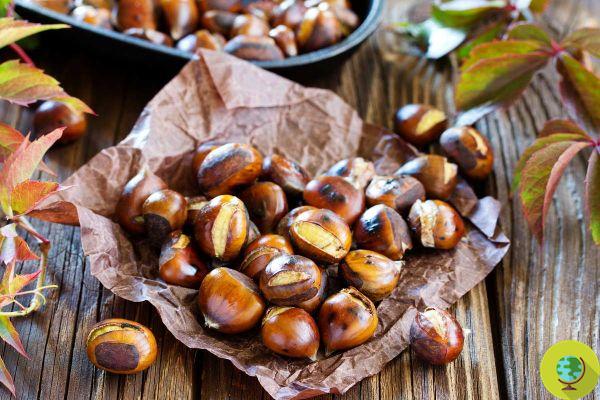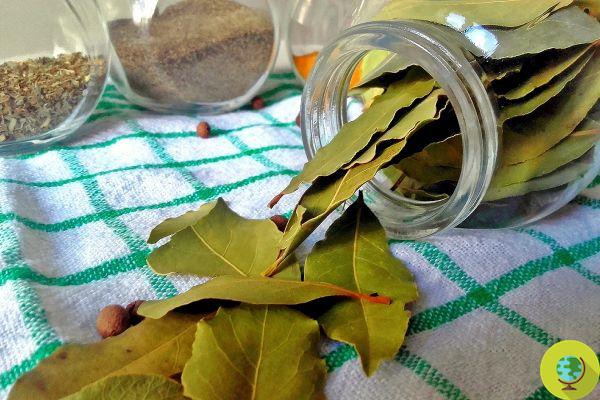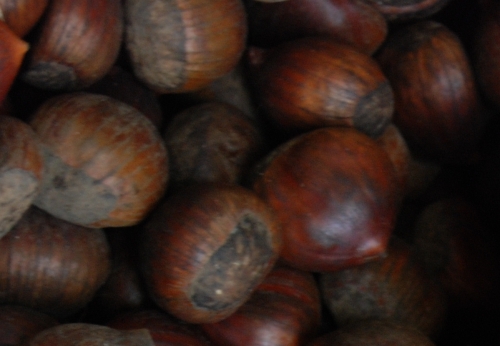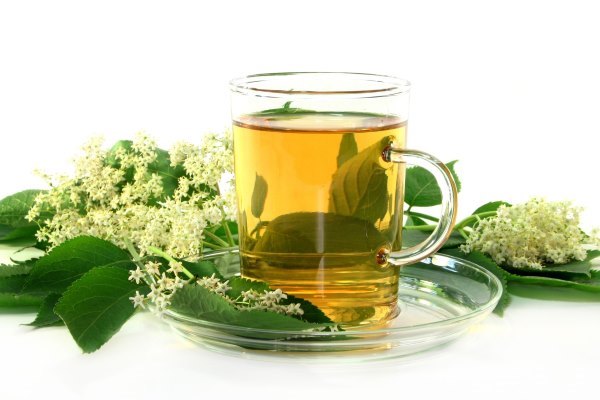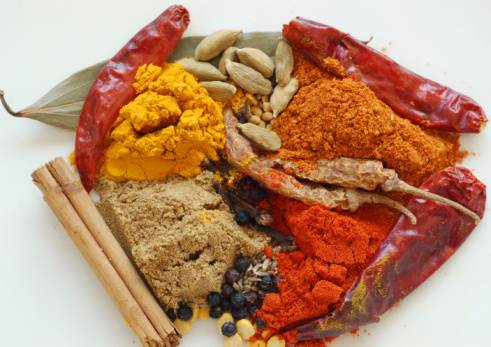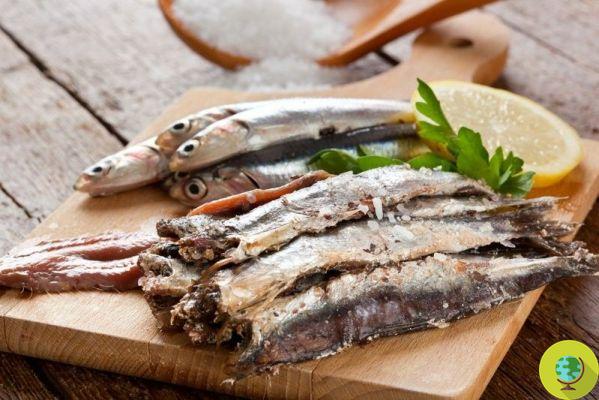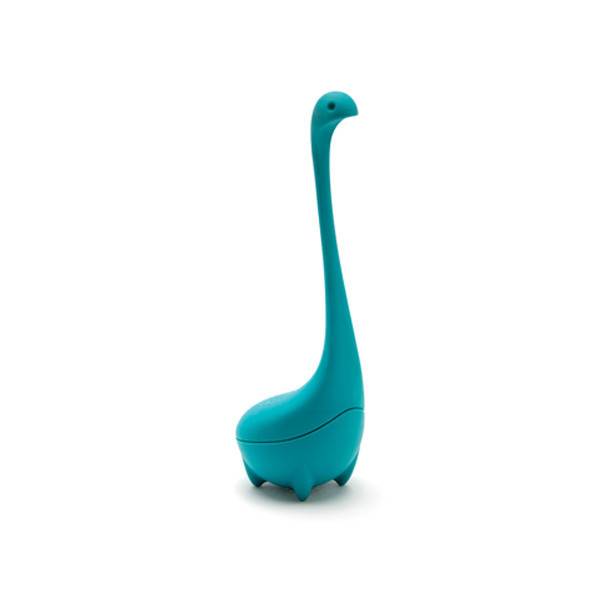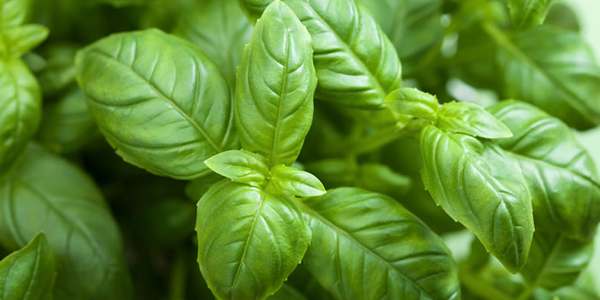Cooking methods are not all the same, and they can also negatively affect our health. Here are the best and worst methods
He is about to end up run over, his mother saves himCooking methods are not all the same, and they can also negatively affect our health. Here are the best and worst methods
Choose the method of cooking food it is fundamental, because they are not all the same and, above all, not all are good for our health. For example, the frying it can cause serious long-term health problems, while steaming is better as it retains the nutrients of vegetables.
Index
What makes a cooking technique good?
The best cooking techniques are those that not only help create delicious dishes, but also help retain a high amount of vitamins and nutrients from food. Healthier cooking methods would help maintain the natural nutritional benefits of the food and, at the same time, cook a palatable and flavorful dish.
Of course, not all cooking methods produce such positive effects, in addition, some can reduce light-sensitive nutrients and vitamins with heat, such as vitamin C and some B vitamins. It is also important to avoid or limit saturated fat, such as butter, margarine, cream or lard, e do not use too much salt.
What makes a cooking technique bad?
Some of the worst cooking techniques are those that increase saturated fat and salt, and carcinogens increase. For example, frying, grilling and smoking, with added fat and salty seasonings, especially if the food is burned, can be really harmful.
In fact, an excess of saturated fat and sodium in one's diet can increase the chances of heart disease; What's more, burnt foods may actually increase the risk of some tumors. Therefore, it is advisable to opt for the best cooking method that is also good for our body.
What are the best and worst cooking methods?
Frying
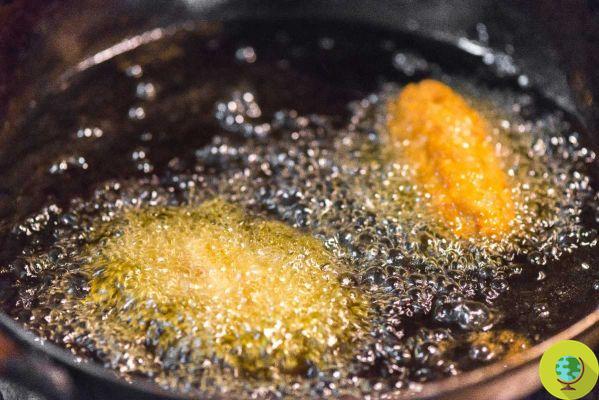
@Keiphotostudio/123rf
Frying is one of the unhealthy ways to prepare food. According to medical journal, The BMJ, eating fried foods regularly is associated with an increased chance of death among postmenopausal women. Additionally, it has been found that eating fried foods regularly can also increase the chances of serious ones heart disease and stroke. If you fry your food, then, be sure to opt for healthier cooking oils, such as olive oil or avocado oil.
Smoking
Smoking food can have serious negative health effects when consumed regularly. According to one study, Researchers have discovered a connection between intestinal tract cancer and frequent consumption of smoked foods. For this reason, it is important to be aware of how much smoked food you are consuming.
To grill
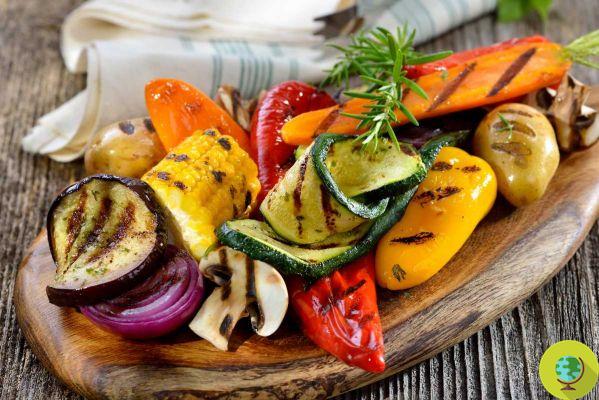
@Kabvisio/123rf
La Grilling makes food delicious and can also help retain nutrients and reduce fat. However, it is important not to grill food to the point of burning or charring. According to one search Grilling can expose food to carcinogenic chemicals found in smoke. Another study found that even grilling and high-temperature cooking can be linked to hypertension.
Air frying
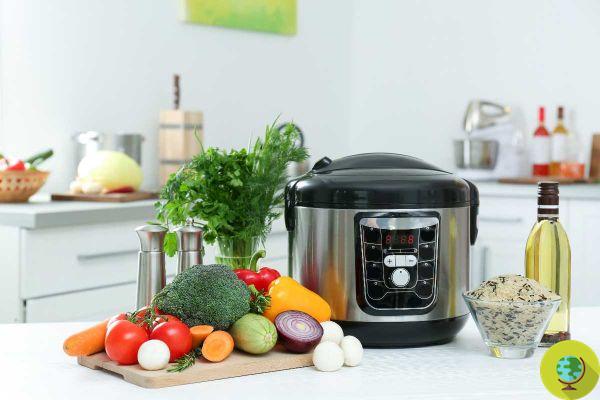
@Belchonock/123rf
If you want a healthier alternative to frying, the air frying it's a great option. You can fry in a healthy way, using zero or a splash of oil to make fried foods without adding tons of calories. (Read also: Air fryer: what it is, differences between models and which one to choose for cooking without oil)
Microwave

@Andreypopov/123rf
Il Microwave preserves the vitamin C content of a food, as well as other nutrients that can decrease during the heating process. The researchers conducted one study in which they discovered that microwaving and steaming are able to best preserve the flavonoids present in broccoli. There Harvard Health Publishing explains that the microwave is able to do this because it has much shorter cooking times. (Read also: What happens to your body when you eat cooked or microwaved food)
Stir-fry
Stir-frying with oil is a tasty way to prepare foods, such as vegetables, while also opting for a healthier alternative. However, it is important to keep in mind the ingredients you use when cooking. For example, one study found that stir-frying broccoli with olive oil or sunflower oil helps retain the vegetable's vitamin C content better.
To roast
Roasting food is an example of a cooking method that can help amplify the flavor, while also improving its nutritional content. Roasting vegetables, with a drizzle of oil and a pinch of salt, can really enhance their flavor and increase the availability of nutrients such as beta carotene, lycopene (a carotenoid that can help reduce the risk of heart disease) and calcium.
Sous vide cooking

Il Vacuum it is a slow cooking method, useful for preparing tasty culinary creations. Not only this method it locks in moisture, but also offers a number of health benefits. For starters, its non-invasive cooking temperatures help preserve water-soluble vitamins, such as vitamin C and B. (Also read: Sous-vide cooking: is it healthy to cook sous vide?)
Pressure cooking
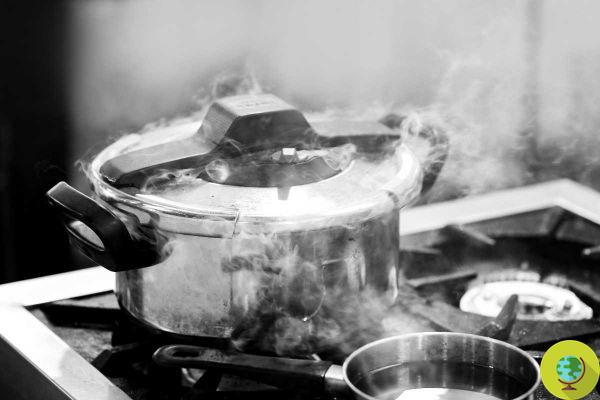
@Parrinya9/123rf
Using a pressure cooker can be one of the simplest and healthiest ways to prepare food. It is also very easy to use, because you insert the ingredients, press a button and that's it. According to Cleveland Clinic, Steaming can help preserve food nutrients during the cooking process. In an other study, the researchers found that broccoli retained 90% of its vitamin C content when prepared in a pressure cooker.
Steam cooking
La steaming is an easy and simple way to prepare food, and it also offers a number of health benefits. According to one search Steamed vegetables, such as carrots, peppers, and kale, can help provide more antioxidants than consumed raw. Water-soluble vitamins, such as vitamin C and most B vitamins, can also be retained more when steaming than when boiling, thanks to the limited contact of the food with water.
Slow cook
It is one of the oldest cooking methods that is making a comeback thanks to devices such as the Slow Cooker pots that refer to the old terracotta containers that were placed on stoves or fireplaces. This cooking mode takes from 4 to 8 hours and never exceeds 90 degrees centigrade. In this way, all the nutrients are preserved and the food cooks slowly, remaining juicy and very soft. Slow cooking is especially recommended for cooking legumes, soups, potatoes and meat main courses with the advantage of preparing the food first and finding it ready when you return, as well as keeping the organoleptic properties of the food intact. On the other hand, however, it is necessary to choose Slow cookware with the interior in ceramic and not in aluminum (in this regard read: Are Slow cooker pans safe for health?)
In general, there are no methods that are absolutely healthier than others, a lot depends on what you need to cook and how often you prefer one method over another. The advice is always to use common sense and maybe a fried or grilled every now and then there can be, the important thing is not to overdo it and try to prefer methods that tend to preserve the characteristics of the food. What is your favorite?
Follow us on Telegram | Instagram | Facebook | TikTok | Youtube
Could it be interesting for you:
- What are the foods you should never cook in your air fryer
- Slow Cooker: everything you need to know before buying a slow cooker "magic pot"
- Canned food: how to prepare them safely, keeping Botox away
- How to dry aromatic herbs to stock up and have them available for free all year round




